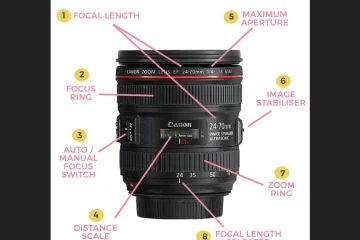In the realm of cybersecurity, staying ahead of threats requires a nuanced understanding of the tools and technologies available to safeguard digital assets. Managed Detection and Response (MDR) and Endpoint Detection and Response (EDR) are two such solutions that organizations often leverage to enhance their security posture. While both MDR and EDR are focused on detecting and responding to cyber threats, they serve distinct purposes and offer unique capabilities. In this article, we’ll explore the differences between MDR and EDR to help organizations make informed decisions about their cybersecurity strategies.
MDR: Proactive Threat Detection and Response
Managed Detection and Response (MDR) is a comprehensive cybersecurity service that combines advanced threat detection capabilities, expert analysis, and rapid incident response to defend against cyber threats. MDR takes a holistic approach to cybersecurity, monitoring both internal and external network activity to identify and mitigate threats in real-time. Key features of MDR include:
- Continuous Monitoring: MDR providers continuously monitor an organization’s network, endpoints, and cloud environments for signs of malicious activity.
- Advanced Threat Detection: MDR leverages advanced threat detection technologies, such as machine learning and behavioural analytics, to identify suspicious patterns and anomalies indicative of potential attacks.
- Expert Analysis: MDR solutions are staffed by highly skilled security analysts and experts who analyse security alerts, investigate potential threats, and provide actionable insights and recommendations.
- Rapid Incident Response: MDR services offer rapid incident response capabilities, enabling organizations to respond quickly and effectively to security incidents.
EDR: Endpoint-Specific Detection and Response
Endpoint Detection and Response (EDR) is a cybersecurity solution focused specifically on detecting and responding to threats at the endpoint level. Endpoints, such as laptops, desktops, servers, and mobile devices, are often targeted by cybercriminals as entry points into an organization’s network. EDR solutions provide visibility into endpoint activity and enable organizations to detect and respond to threats in real-time. Key features of EDR include:
- Endpoint Visibility: EDR solutions provide organizations with visibility into endpoint activity, allowing them to monitor for signs of suspicious behaviour and potential security threats.
- Threat Detection: EDR solutions use techniques such as signature-based detection, behavioural analysis, and machine learning to detect known and unknown threats at the endpoint level.
- Incident Response: EDR solutions offer incident response capabilities, enabling organizations to isolate affected endpoints, remediate vulnerabilities, and contain the spread of malware or other malicious activity.
Key Differences Between MDR and EDR:
- Scope: MDR provides comprehensive security coverage across all aspects of an organization’s IT infrastructure, including networks, endpoints, and cloud environments. EDR, on the other hand, is focused specifically on detecting and responding to threats at the endpoint level.
- Approach: MDR takes a holistic approach to cybersecurity, combining advanced threat detection capabilities with expert analysis and rapid incident response. EDR focuses specifically on endpoint visibility, threat detection, and incident response.
- Expertise: MDR solutions are staffed by highly skilled security analysts and experts who possess deep knowledge of cybersecurity threats and tactics. EDR solutions typically focus on endpoint-specific security expertise.

In summary, while both Managed Detection and Response (MDR) and Endpoint Detection and Response (EDR) are valuable cybersecurity solutions, they serve distinct purposes and offer unique capabilities. Organizations must carefully evaluate their cybersecurity needs and objectives to determine which solution best aligns with their requirements. For comprehensive protection across all aspects of their IT infrastructure, MDR may be the preferred choice. However, for organizations seeking to enhance visibility and security at the endpoint level, EDR may be the more appropriate option. Ultimately, the decision between MDR and EDR should be based on an organization’s specific security requirements, risk profile, and budget constraints.




